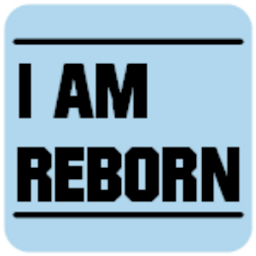About Onam
Jan 21, 2015
Story
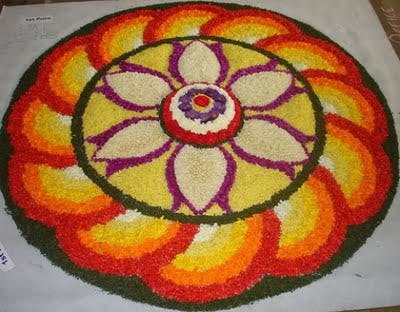
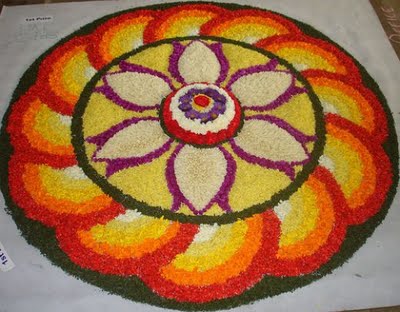
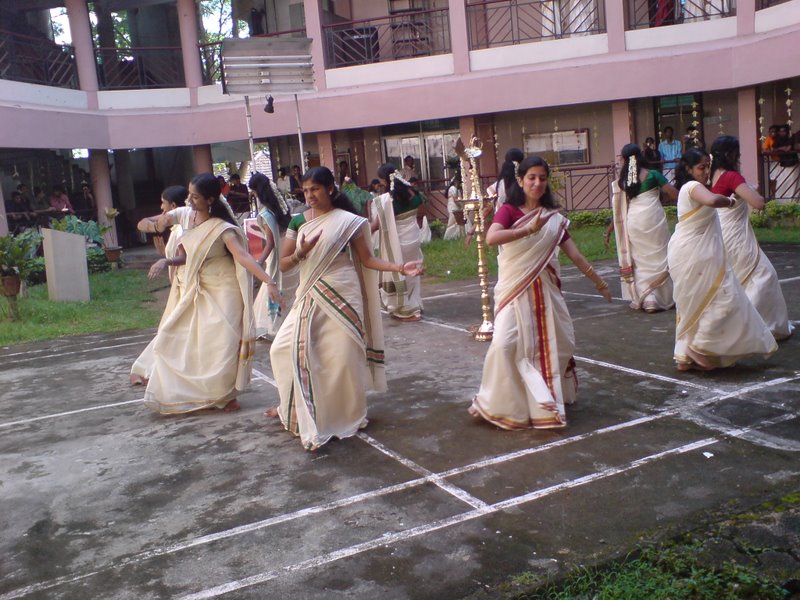
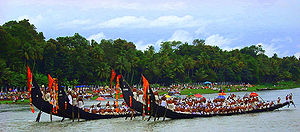
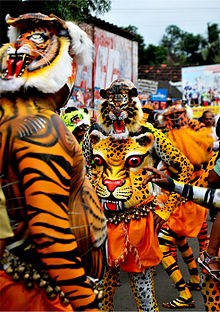
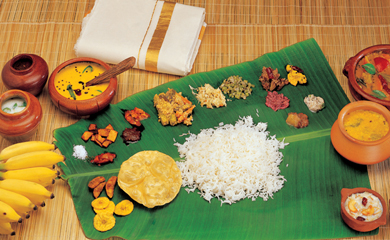
Onam is an ancient festival which still survives in modern times. Kerala's rice harvest festival and the festival of rain flowers, which fell on the Malayalam month of Chingam, celebrated the Demon King Mahabali's annual visit from Pathala . Onam is unique since Mahabali has been revered by the people of Kerala since prehistory.
According to the legend, Kerala witnessed its golden era during the reign of King Mahabali. Everybody in the state was happy and prosperous and the king was highly regarded by his subjects, so much so that even the gods under Indra became jealous of Mahabali, and they approached Mahavishnu claiming that Mahabali is now equivalent to an Indra. Since a world with two Indras represents imbalance, Mahavishnu assumed the form of a dwarf: the Vamana avatara had tricked him to Pathala. However, as Mahabali was equivalent to an Indra, he had to wait until the next Yuga where he would be the Indra. In the meantime, with the grace of Mahavishnu, Mahabali visited his people on an annual basis. Mahavishnu served Mahabali as a gatekeeper in Pathala as the Lord himself serves his greatest devotees.
It is this visit of Mahabali that is celebrated as Onam every year. People celebrate the festival in a grand way and impress upon their dear King that they are happy and wish him well.
The rich cultural heritage of Kerala comes out in its best form and spirit during the ten-day festival. The central feature of Onam is the grand feast called Onasadya, prepared on Thiruonam. It is a nine-course meal consisting of 11 to 13 essential dishes. Onasadya is served on banana leaves and people sit on a mat laid on the floor to have the meal.
Another popular feature of Onam is Vallamkali, the Snake Boat Race, held on the Pamba River, in which decorative boats oared by hundreds of boatmen race amidst chanting of songs and cheering by spectators and viewers.
There is also a tradition to play games, collectively called Onakalikal, on Onam. Men go in for rigorous sports like Talappanthukali (played with a ball), Ambeyyal (Archery), Kutukutu and combats called Kayyankali and Attakalam. Women indulge in cultural activities. They make intricately designed flower mats called, Pookalam in the front courtyard of the house to welcome King Mahabali. Kaikotti kali and Thumbi Thullal are two dances performed by women on Onam. Folk performances like Kummatti kali and Pulikali add to the zest of celebrations.
Mahabali's rule is considered the golden era of Kerala. The following song is often sung over Onam:
“ maveli nadu vaneedum kalam,
manusharellarum onnupole
amodhathode vasikkum kalam
apathangarkkumottillathanum
kallavum illa chathiyumilla
ellolamilla polivachanam
kallapparayum cherunazhiyum
kallatharangal mattonnumilla
adhikal vyadhikalonnumilla
balamaranangal kelppanilla ”
......
(Translation)
“ When Maveli, our King, ruled the land,
All the people were equal.
And people were joyful and merry;
They were all free from harm.
There was neither anxiety nor sickness,
Deaths of children were unheard of,
There were no lies,
There was neither theft nor deceit,
And no one was false in speech either.
Measures and weights were right;
No one cheated or wronged his neighbor.
When Maveli, our King, ruled the land,
All the people formed one casteless races ”
THIRUVATHIRA
Thiruvathira is a Hindu festival celebrated in the southern Indian state of Kerala on the full moon day of the month of Dhanu (December or January). The festival commemorates the death of Kamadeva, the Hindu god of love.[1] It is believed that on this day, the Goddess Parvathi finally met Lord Siva after her long penance.
This festival is also called the festival of women, because women will fast on this day to get good husbands. Thiruvathirakali is a dance form performed by women on the day of Thiruvathira. Usually there will be 8 women in a Thiruvathira.
BOAT RACE
Vallam Kali literally means boat race in Malayalam. It is the traditional boat (paddled war canoe) race in Kerala (a state in south India).
It is mainly conducted during the season of the harvest festival Onam in Autumn. Vallam Kali include races of many kinds of traditional boats (paddled longboat) of Kerala. The race of Chundan Vallam (snake boat) is the major event. Hence Vallam Kali is also known in English as Snake Boat Race and now in recent years has become a major tourist attraction. Other types of boats which do participate in various events in the race are Churulan Vallam, Iruttukuthy Vallam, Odi Vallam, Veppu Vallam (Vaipu Vallam), Vadakkanody Vallam, Kochu Vallam. The Nehru Trophy vallamkali winner for the 2008 is Karichal Chundan(chundan = snake boat).
PULI KALI
Puli Kali ("Puli" = Leopard/Tiger & "Kali" = Play in Malayalam language) also known as Kaduvakali is a colorful recreational folk art from the state of Kerala. It is performed by trained artists to entertain people on the occasion of Onam, an annual harvest festival, celebrated mainly in the Indian state of Kerala. On the fourth day of Onam celebrations (Nalaam Onam), performers painted like tigers and hunters in bright yellow, red, and black dance to the beats of instruments like Udukku and Thakil. Literal meaning of Pulikali is the 'play of the tigers' hence the performance revolve around the theme of tiger hunting. The folk art is mainly practiced in Thrissur district of Kerala. Best place to watch the show is at Swaraj Round, Thrissur on the fourth day of Onam, where Pulikali troupes from all over the district assemble to display their skills. The festival attracts thousands of people to the Thrissur city.
The origin of Pulikali dates back to over 200 years, when the Maharaja Rama Varma Sakthan Thampuran, the then Maharaja of Cochin, is said to have introduced the folk art, who wanted to celebrate Onam with a dance that reflected the wild and macho spirit of the force. Later, Muslim soldiers of the British Army stationed in Thrissur in the army cantonment area (Pattalam Road) used to celebrate with great fervor. They popularised the folk genre with steps and body language peculiar to a tiger being stalked by a hunter, enacting a play of the hunter and the beast. Along with the celebrations, they used to perform the art form decked as tigers with peculiar steps resembling the tiger, then known as 'Pulikkettikali' which was immensely enjoyed by the locals. Pulikali in Thrissur is held in memory of this event
ONAM SADYA
Sadya means banquet in Malayalam. It is a typical feast of the people of Kerala
Sadya is a big feast associated with special occasions like wedding,childbirth or birthday. Sadya is traditionally a vegetarian meal served on a banana leaf. People are seated cross-legged on the floor on a mat. All the dishes are served on the leaf and eaten with the hands without using any cutlery. The fingers are cupped to form a ladle. A Sadya can have about 24-28 dishes served as a single course.
The main dish is plain boiled rice, served along with other dishes collectively called 'Kootan' which include curries like Parippu Curry, Sambar, Rasam, and others like Kalan, Aviyal, Thoran, Olan, Pachadi, Kichadi, papadum,pazham (banana) plain yogurt or buttermilk, plantain chips. The traditional dessert called Payasam served at the end of the meal is of many kinds and usually three or more are served. The 'Kootan' are made with different vegetables and have different flavours; some are curries some are deep fried some pickled and some are porridges. The reason for including so many dishes in the Sadya is to ensure that the diners will like at least two or three dishes.
The commonest ingredients in all the dishes are Coconut and Coconut Oil being abundant in Kerala. Coconut milk also finds various uses in cooking. Coconut oil is used as an additive and for frying.
The dishes are served on specific places on the banana leaf in specific order. For example, the pickles are served on the top left corner and the banana on the bottom left corner, which helps the waiters to easily identify and decide on offering additional servings.
There are variations in the menu depending on the place and religion. Some communities,especially those in the northern part of Kerala, include non-vegetarian dishes in the sadya. Although custom was to use traditional and seasonal vegetables, it has become common practice to include vegetables such as carrots, pineapples, beans in the dishes. Tradition has it that Onion and garlic are not typically used in the sadya.
The sadya is usually served for lunch. Preparations begin the night before, and the dishes are prepared before ten o' clock in the morning on the day of the celebration. On many occasions, sadya is served on tables, as people no longer find it convenient to sit on the floor.
Traditionally, the people of the neighbourhood spent the night helping the cooks in cooking. (like scraping coconut and slicing vegetables) They also volunteer to serve the food for the hosts to the guests. This involves a fair amount of social intercourse which help build rapport with the neighbours.
Conventionally, the meal may be followed by vettila murukkan, chewing of betel leaf with lime and arecanut. This helps digestion of the meal and also cleanses the palate.
